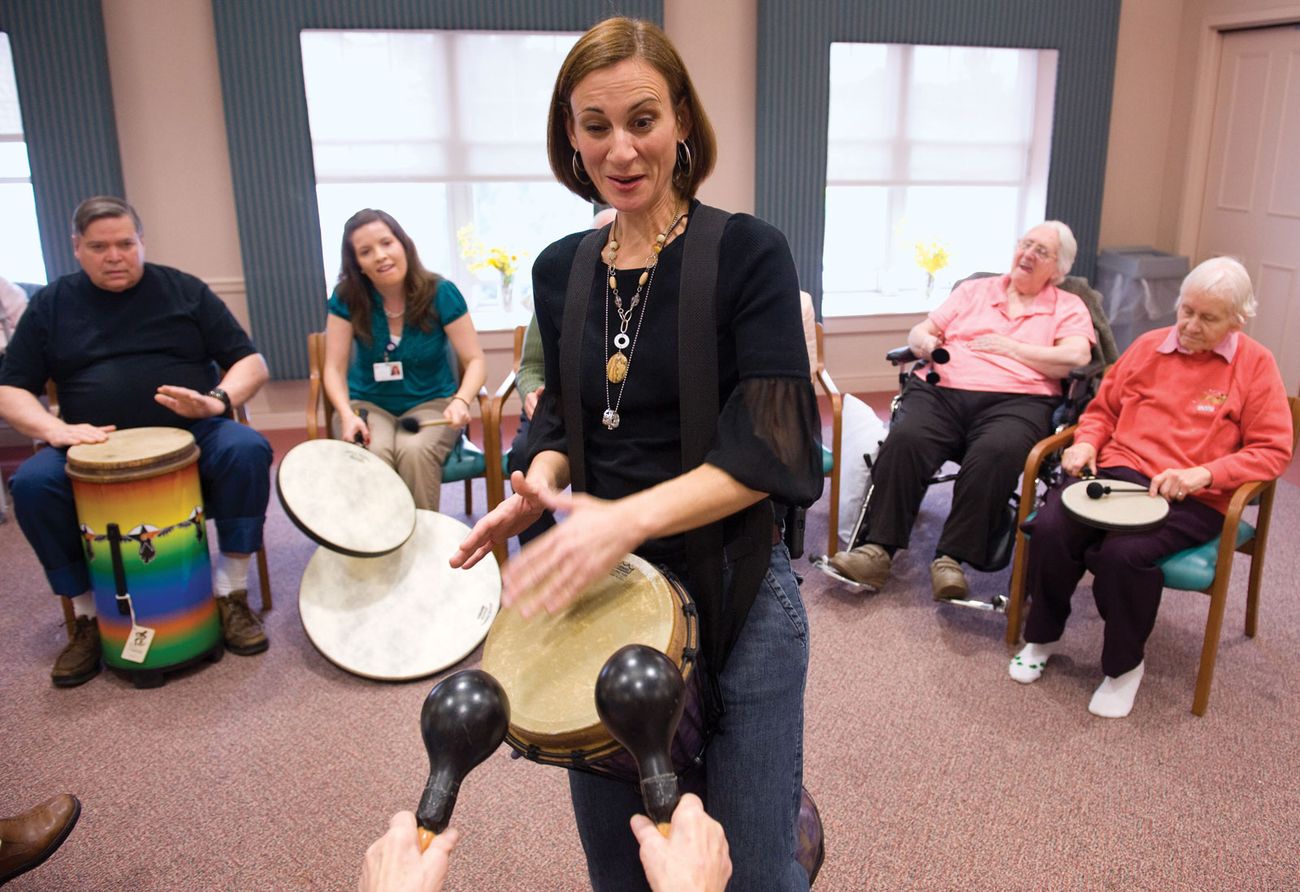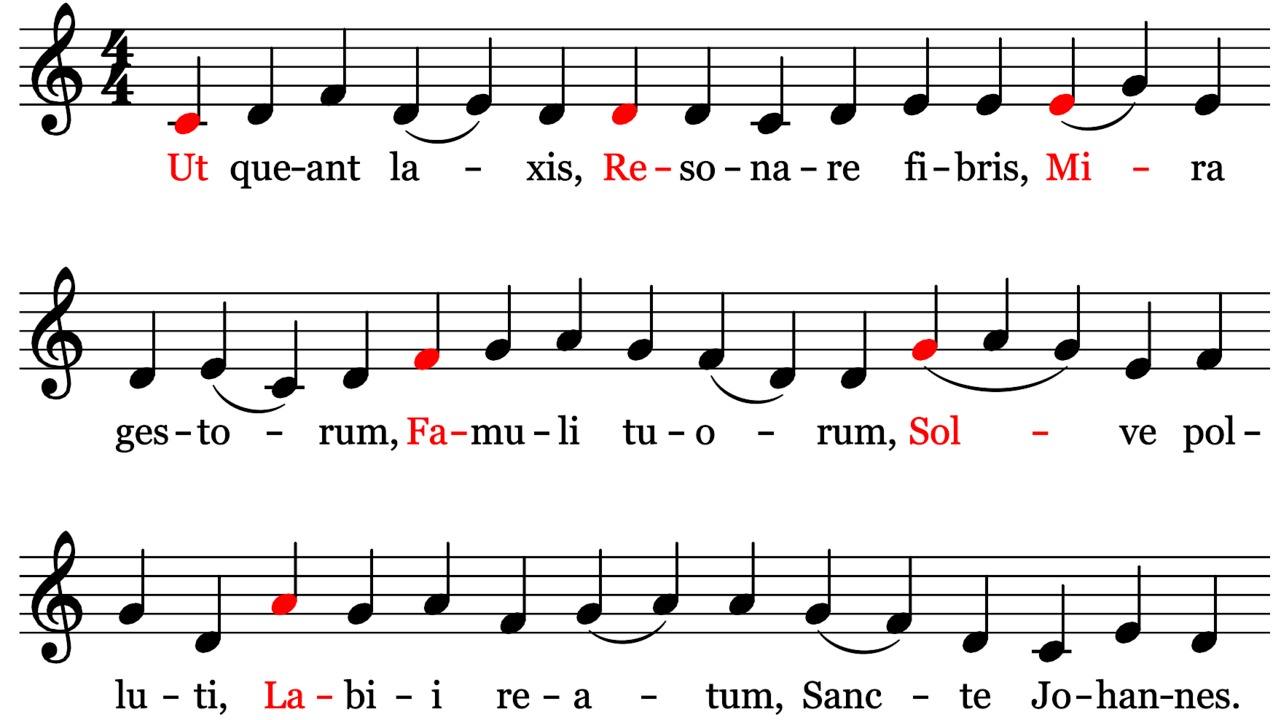Home>Events & Info>Note>Which Music Note Do You Use For Voice Parts


Note
Which Music Note Do You Use For Voice Parts
Published: December 5, 2023
Discover which music note is the best fit for vocal parts. Unleash the power of your voice with the perfect musical synergy.
(Many of the links in this article redirect to a specific reviewed product. Your purchase of these products through affiliate links helps to generate commission for AudioLover.com, at no extra cost. Learn more)
Table of Contents
Introduction
When it comes to singing in a choir or vocal group, understanding the different voice parts is essential for creating harmonies and producing a balanced sound. Whether you’re a soprano, alto, tenor, or bass, each voice part has its own unique range and characteristics that contribute to the overall musical performance.
In this article, we will explore which music notes are typically used for each voice part, highlighting the essential characteristics and challenges that singers may encounter. So, whether you are a seasoned vocalist or someone who wants to learn more about the different voice parts, read on to discover which music notes are commonly associated with each voice part.
Before diving into the specifics of each voice part, it’s important to note that voice range and abilities can vary from person to person. These designations are general guidelines, and many singers may find themselves comfortable in more than one voice part. The voice part you sing can also depend on the musical genre, style, and conductor’s preference.
Now, let’s explore the different voice parts and the music notes typically associated with each.
Soprano Voice Part
The soprano voice part is traditionally the highest vocal range for females. Sopranos are known for their ability to hit high notes with clarity and agility. They often take on the melody or lead lines in choral music and are essential for creating the soaring, angelic quality that is often associated with choirs.
In terms of music notes, the soprano voice part typically encompasses the range from middle C (C4) to the high A above the treble staff (A5). However, some sopranos with exceptional range and training can even reach higher notes, such as the C above the high A (C6).
It’s important for soprano singers to have a strong control over their head voice or falsetto register, as this is crucial for reaching the higher notes with ease and clarity. Developing good breath control and the ability to navigate through intricate melodic lines are also essential skills for sopranos.
Some challenges that sopranos may encounter include maintaining a consistent tone throughout the high range, managing the transition between chest voice and head voice, and developing the agility needed for fast-paced melodic passages.
Overall, the soprano voice part is characterized by its bright, clear, and resonant quality. Sopranos play a vital role in creating harmonies and adding a touch of brilliance to any vocal ensemble.
Alto Voice Part
The alto voice part is typically the lower range for female singers. While not as high as the soprano, altos have a rich and warm tone that adds depth and color to the overall harmony. They often provide essential harmonic support and sometimes take on solo lines or duets with other voice parts.
In terms of music notes, the alto voice part usually spans from the F below middle C (F3) to the D above the treble staff (D5). However, like sopranos, some altos may have an extended range and be able to reach higher notes, such as an F or G above the D5.
Altos are known for their ability to blend well with other voice parts and provide a solid foundation for the vocal ensemble. They often handle harmonies, creating a robust and expressive sound. Altos also need to develop good breath control and the ability to navigate through melodic lines that may sit in the lower register.
One challenge for altos is being able to transition smoothly between lower and higher notes without straining or losing the warm and fullness of their tone. Altos may also encounter challenges when singing intricate contrapuntal lines that require agility and accuracy.
The alto voice part adds richness, depth, and stability to the overall vocal texture. Altos are essential for creating a well-rounded and balanced sound in any choral or vocal ensemble.
Tenor Voice Part
The tenor voice part is typically the highest range for male singers. Tenors are known for their ability to hit high notes with power and clarity. They often take on the melody or the higher harmonies in choral music, adding a sense of excitement and intensity to the overall sound.
In terms of music notes, the tenor voice part usually spans from the C below middle C (C3) to the G above the treble staff (G4). However, some tenors may have an extended range and be able to reach higher notes, such as an A or B above the G4.
Tenors require a solid foundation in their chest and mixed voice to access their upper range effectively. They need to develop good breath control, resonance, and the ability to navigate through melodic lines that often sit in a high register.
One challenge for tenors is maintaining a consistent and powerful tone throughout their range and in demanding passages. They need to develop agility and control to handle fast-paced melodic lines and intricate harmonies. Additionally, tenors may encounter difficulties when transitioning between their chest voice and head voice registers.
The tenor voice part adds brightness, energy, and excitement to the overall vocal ensemble. Tenors bring a dynamic presence to choral music and are often featured in melodic or dramatic sections of a piece.
Bass Voice Part
The bass voice part is typically the lowest range for male singers. Basses possess a rich, deep, and resonant tone that provides a solid foundation and a sense of grounding to the vocal ensemble. They often handle the lower harmonies and provide a strong anchor for the overall sound.
In terms of music notes, the bass voice part usually spans from the E below middle C (E2) to the E above the bass staff (E4). However, some basses may have an extended range and be able to reach lower notes, such as a C or B below the E2.
Basses need to develop a strong chest voice and low resonance to effectively project their lower notes. They also need to develop good breath control and the ability to navigate through melodic lines that often sit in the lower register.
One challenge for basses is maintaining clarity and resonance in their lower range while still maintaining a consistent tone throughout the entire vocal range. Basses may encounter difficulties when singing more intricate melodies or modulating between different keys.
The bass voice part adds depth, richness, and power to the overall vocal ensemble. Basses provide a strong foundation for the harmonies and create a sense of stability in choral music. They often contribute a sense of gravity and authority to the sound.
Conclusion
The different voice parts play a crucial role in creating harmonies, adding depth, and bringing balance to vocal ensembles. Understanding the music notes associated with each voice part provides a foundation for singers to develop their vocal skills and contribute to the overall musical performance.
Sopranos, with their high and clear voices, take on the melody and create a radiant quality in choral music. Altos, with their warm and rich tones, provide harmonic support and add depth to the vocal texture. Tenors, with their powerful and soaring voices, bring excitement and intensity to the sound. Basses, with their deep and resonant tones, provide a solid foundation and grounding to the ensemble.
While these voice parts may have general ranges, it is important to remember that individual vocal abilities and ranges can vary. Some singers may find themselves comfortable in more than one voice part, and the voice part assigned can also depend on musical genres and personal preferences.
Ultimately, the beauty of a vocal ensemble lies in the combination of these different voice parts, harmonizing together to create a rich and captivating musical experience. Singers in all voice parts should strive to develop their vocal techniques, including breath control, tone quality, and agility, in order to fully express their voices and contribute to the overall sound.
Whether you are a soprano, alto, tenor, or bass, embracing and mastering your voice part will not only enhance your individual singing abilities but also contribute to the collective beauty and harmony of the music you create.











